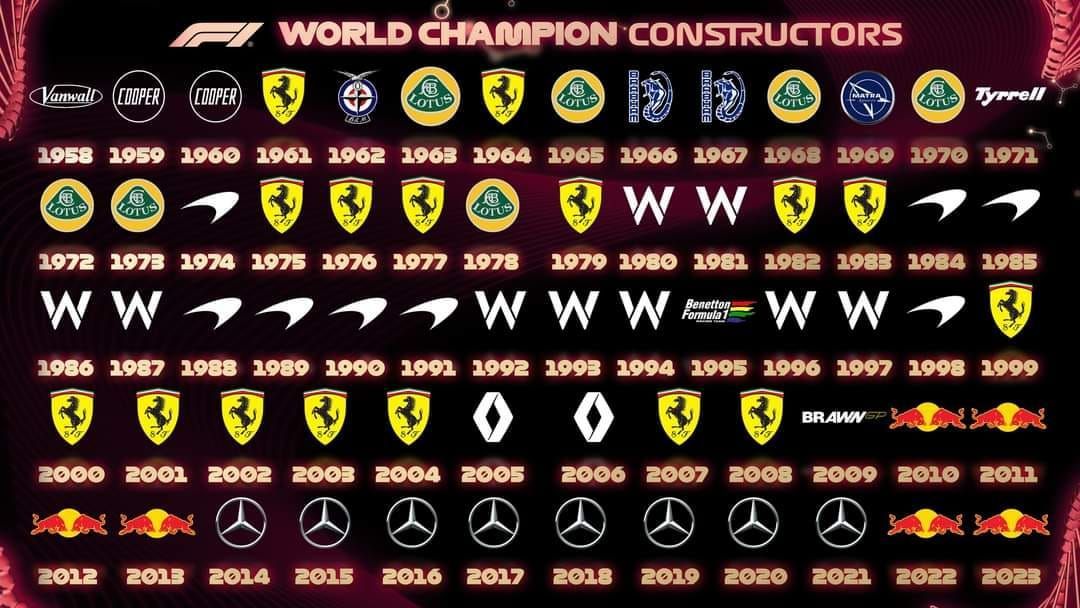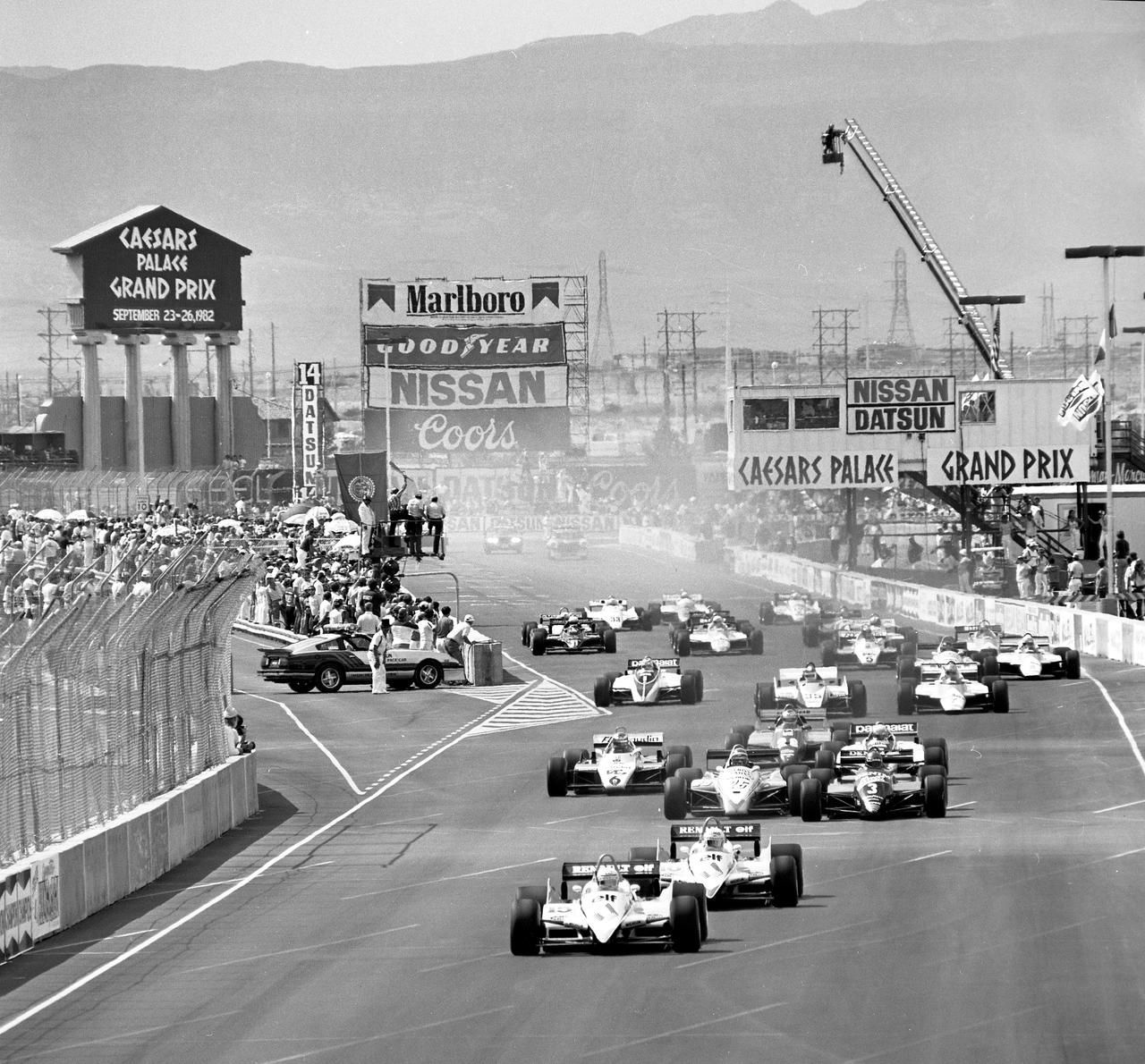Stadium Swim: Free Viewing Party
Experience the Thrill of Racing at #StadiumSwim: Join the Red Bull Watch Party!

On November 18th, gear up for an adrenaline-pumping experience as #StadiumSwim hosts the much-anticipated Red Bull Watch Party. Witness the exhilarating spectacle of the world's fastest cars zooming around the iconic Las Vegas tracks. But that's not all - the event promises more than just high-speed action.
Why #StadiumSwim is the Ultimate Venue for Racing Enthusiasts:
- Heated Pools: Dive into the excitement quite literally! Our heated pools offer a unique vantage point, ensuring you don't miss out on any of the action.
- Heated Cabanas: For those who prefer a bit of luxury, our heated cabanas provide a cozy and comfortable space to enjoy the race.
- RB14 Static Car Display: Get up close and personal with the RB14 Static Car. This on-site display is a treat for all automobile aficionados.
- Owner’s Suite Experience: Elevate your watch party experience by stopping by the Owner's Suite. Indulge in themed cocktails, exclusive merchandise, and memorable photo opportunities.
- Free Entry: The best things in life are free! Entry to the Red Bull Watch Party is complimentary, starting at 10 pm.
Don't miss out on this electrifying event. Reserve your spot now and be a part of the ultimate racing experience in Las Vegas. For more details and reservations, visit https://www.circalasvegas.com/event/EVE53555600020231118/red-bull-watch-party/
Whether you're a racing enthusiast or just looking for a unique way to spend your evening, the Red Bull Watch Party at #StadiumSwim promises an unforgettable experience. See you at the finish line!






